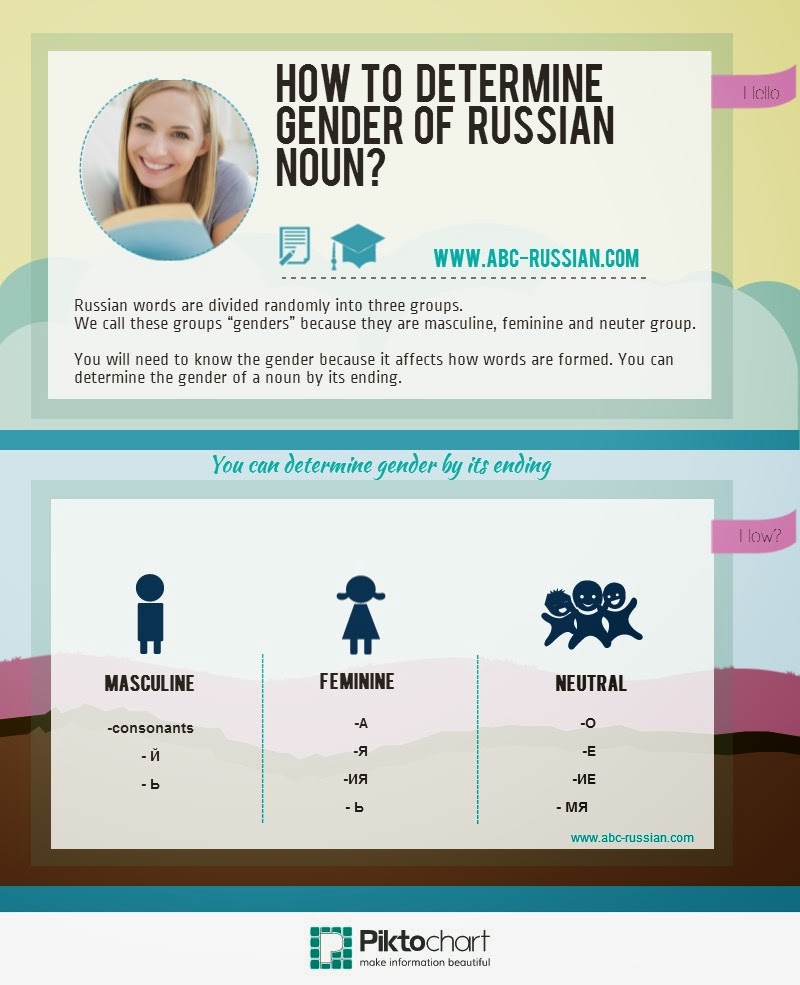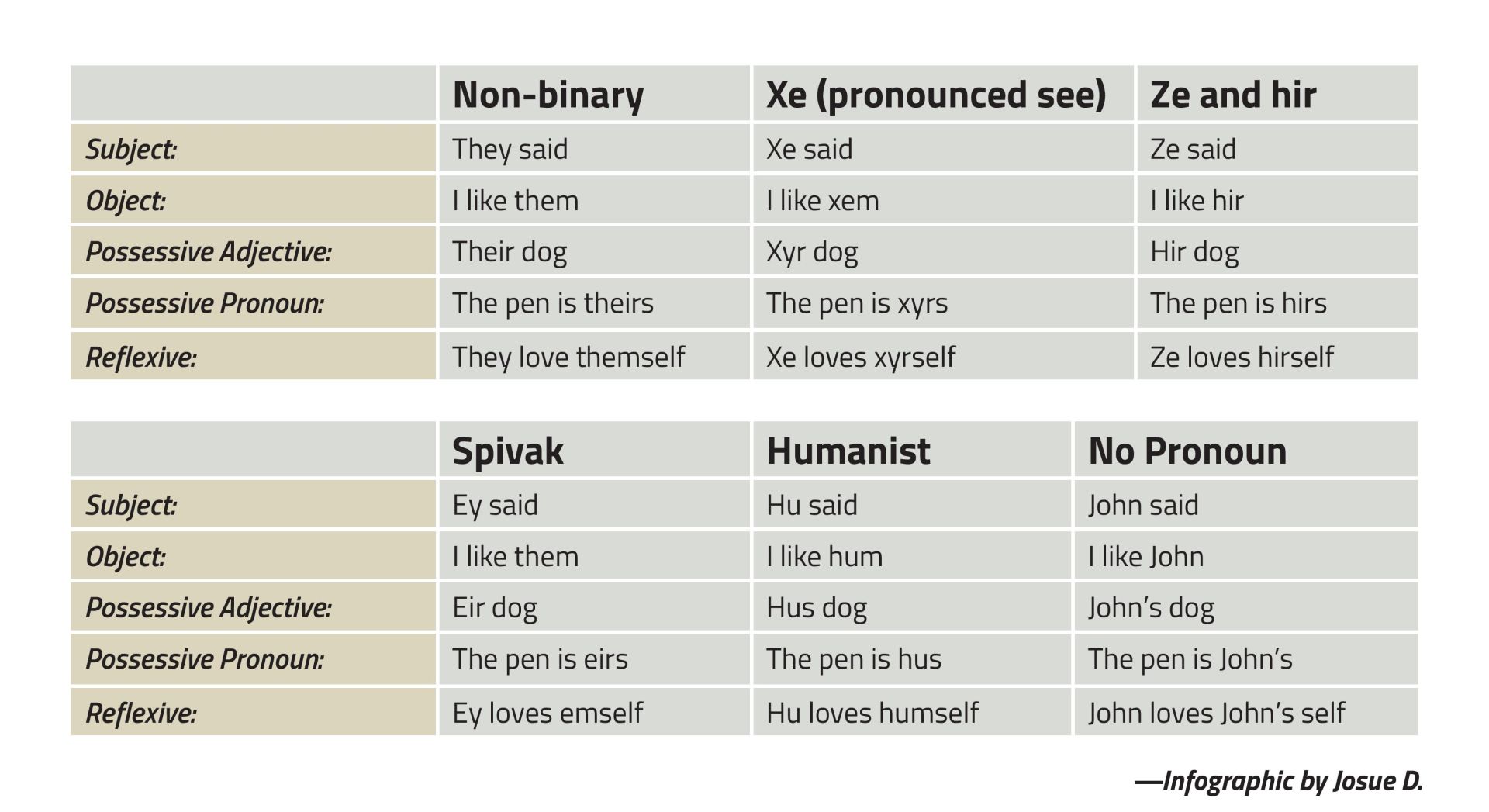


In the same vein, what does it mean to use a gender pronoun? He is the masculine pronoun (with derived forms he, his, and himself) she is the feminine pronoun (with derived forms she, hers, and herself) and it is the neuter (with derived forms it and itself).

His/hers: Zis, Hirs, Eirs, Verses, Ters, and Eirs.Īside from that, what are the gender pronouns? Personal pronouns in the third person singular are used in the English language. “The information provided in the newsletter was offered as a resource for our campus community on inclusive practices,” said Simsen.He/she - Zie, Sie, Ey, Ve, Tey, E His/her: Zir, Hir, Eir, Vis, Tem, and Eir. Karen Ann Simsen, the University of Tennessee’s Media and Internal Relations Director, told WATE there is no mandate or official policy to use the pronouns. The she and he pronouns would sound strange too if we had been taught ze when growing up.” “These may sound a little funny at first, but only because they are new. On the university’s website, Braquet writes: “Transgender people and people who do not identify within the gender binary may use a different name than their legal name and pronouns of their gender identity, rather than the pronouns of the sex they were assigned at birth.” “We should not assume someone’s gender by their appearance, nor by what is listed on a roster or in student information systems,” Donna Braquet, the Director of the University of Tennessee’s Pride Center, told WATE. The pronouns will help people feel more welcome and comfortable at the school. The goal is to create a more inclusive campus, the university says.

“One way to do that is to use a student’s chosen name and their correct pronouns.” “With the new semester beginning and an influx of new students on campus, it is important to participate in making our campus welcoming and inclusive for all,” wrote Donna Braquet in a posting on the university’s website. The pronouns include ze, hir, hirs, and xe, xem, and xyr. The University of Tennessee’s Office for Diversity and Inclusion is encouraging students to use gender-neutral pronouns to help students feel more welcome as classes begin this month. Please look at the time stamp on the story to see when it was last updated. This is an archived article and the information in the article may be outdated.


 0 kommentar(er)
0 kommentar(er)
